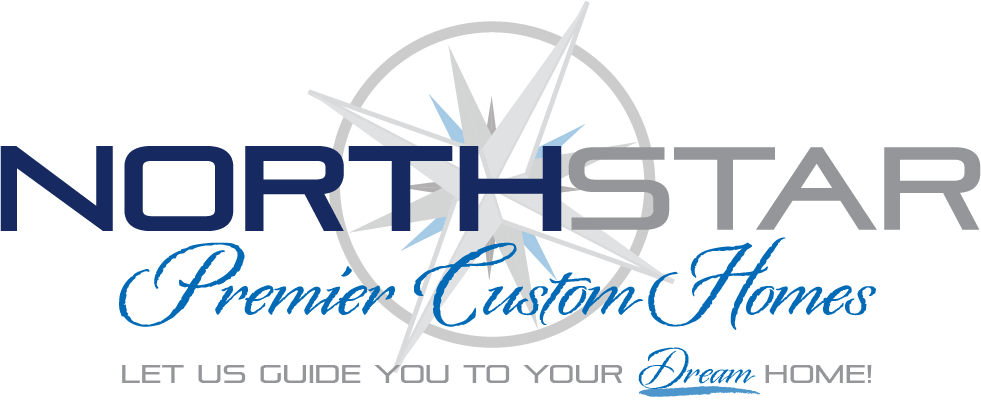The Smart Home Revolution: What Goes into a Modern Smart Home – Voice Assistants
The Rise of Voice Assistants in Smart Homes
In the realm of smart home technology, voice assistants have emerged as game-changers. They have transformed our living spaces into hubs of convenience, efficiency, and interactivity. From controlling lights to managing home security, these AI-driven assistants are redefining the modern living experience.
The Dawn of the Voice Assistant Era:
Voice assistants like Amazon Alexa, Google Assistant, and Apple’s Siri have become household names. Their ability to interpret and respond to voice commands has made them indispensable to many. The journey from novelty to necessity reflects the rapid evolution of AI and machine learning, enabling these assistants to understand context, learn user preferences, and even anticipate needs.
Integrating with Smart Home Devices:
The true power of voice assistants lies in their ability to seamlessly integrate with various smart home devices. They can control lighting, thermostats, security cameras, and more. This integration not only offers convenience but also enhances energy efficiency and security. For instance, saying “Goodnight” to your assistant might turn off all lights, adjust the thermostat, and activate your home security system.
Personalization and Accessibility:
Voice assistants are also breaking barriers in terms of accessibility. They provide an invaluable service for individuals with mobility or visual impairments. Personalization features allow these assistants to recognize different voices, providing tailored responses and actions based on who is speaking.
Privacy and Security Concerns:
While the benefits are clear, privacy and security concerns remain. The very feature that makes voice assistants appealing – their ability to listen – can also be a source of worry. Manufacturers are continuously working on enhancing security measures like data encryption and user authentication to address these concerns.
The Future of Voice Assistants in Smart Homes:
Looking ahead, we can expect voice assistants to become even more integrated into our daily lives. Advances in AI will lead to more nuanced interactions, making these assistants more of a personal companion than a mere tool. The potential for voice assistants to connect with other IoT devices also hints at a future where our homes are not just smart, but intuitively responsive to our needs.
Conclusion:
Voice assistants in smart homes are more than just a convenience; they are a testament to the incredible advances in technology. As we move forward, these AI companions will continue to evolve, bringing us closer to a future where our homes are as intelligent as they are comfortable.
Ready to Create the Home of Your Dreams?
At North Star Premier Custom Homes, we turn dreams into reality. If you’ve been dreaming of a home that perfectly reflects your lifestyle and taste, it’s time to take the first step. Contact us today to schedule a consultation with our team of expert designers and builders. We’re dedicated to crafting homes that are not only beautiful but also a true representation of you. Don’t just imagine your perfect home; let us help you build it. Call us now to start your journey to a bespoke living experience. Your dream home awaits!
